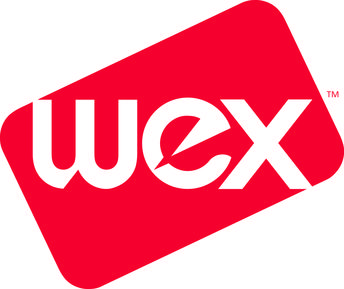
Listen to the Podcast


John SweeneyWEX Health
John Sweeney is a thought leader on the WEX Public Sector team, focused on connecting WEX innovation to evolving client needs in the Medicaid and health marketplace verticals. Prior to joining the WEX team, John served in various other healthcare technology roles throughout his 20+ year career, including nearly 10 years at IBM companies. John also serves as the Director of the Hale Center Theatre, where he has directed 30 productions over the last 16 years.
Cheryl GardnerGardner Strategies
Cheryl Smith Gardner is the founder of Gardner Strategies, a health policy and strategy company. Cheryl combines functional knowledge and experience in state health policy design with a notable background in strategic management and program administration. Her clients include state government agencies, technology firms, and policy shops.
Prior to founding Gardner Strategies, Cheryl served as the Chief Executive Officer at beWellnm (New Mexico’s health insurance exchange), as the Executive Director of the Arkansas Health Insurance Marketplace (AHIM), as a Senior Practitioner at Deloitte Consulting, as a director in the Health Insurance Exchange practice at Leavitt Partners, and in the Utah Governor’s Office of Economic Development as the Director of Policy and Strategy of the Utah Health Exchange office.
Her leadership and expertise in the areas of state health policy, insurance exchanges, and health system reform often draws national attention as she is frequently cited in a number of respected publications including the Washington Post, Politico, The Wall Street Journal, USA Today, and the New York Times. Cheryl is a highly sought after public speaker and has participated multiple times as a presenter, panelist, and moderator at a number of national conferences including those sponsored by the National Conference of State Legislatures (NCSL), the Republican Governors Association (RGA), the National Conference of Insurance Legislators (NCOIL), and America’s Health Insurance Plans (AHIP).
Highlights from this episode
- Defining Medicaid Buy In and Public Option as one more chapter in the continuation of expanding coverage
- Medicaid Buy in Vs Medicare Buy In; Compared to Medicare for All
- States controlling their own destiny with Medicaid Buy In customization
- How long we have been trying to implement Medicaid Buy In
- Buy in as part original ACA design via Public Plan/Option
- Range of readiness for Medicaid Buy in across states
- The importance of choice for all health insurance consumers
- Importance of where the idea of Buy in originates within a state stakeholder system
- How preliminary eligibility criteria can determine broader uptake
- Importance of different states sharing what they are doing with other states
- 2 kinds of readiness: Policy readiness and technology readiness
- Technology is there. Its better than ever and its cheaper than ever
- Challenges of working through bureaucracy of the policy side
- Key tech systems that need to be in place or enhanced to deliver Medicaid Buy In / Public Option through a state marketplace
- Impact of simplifying Medicaid eligibility systems integration requirements on costs of technology
- Importance of making consumer shop and compare experience best it can be for increasing uptake for Medicaid Buy In
- Opportunity to customize plans for consumers based on their specific healthcare needs
- Getting the data needed to customize plan offerings to consumer needs
- Predicting when we will see more Medicaid Buy In programs
About our Sponsor
This was made possible by support from WEX Health. Please take a moment to learn more about what they do by visiting wexinc.co/public-sector








